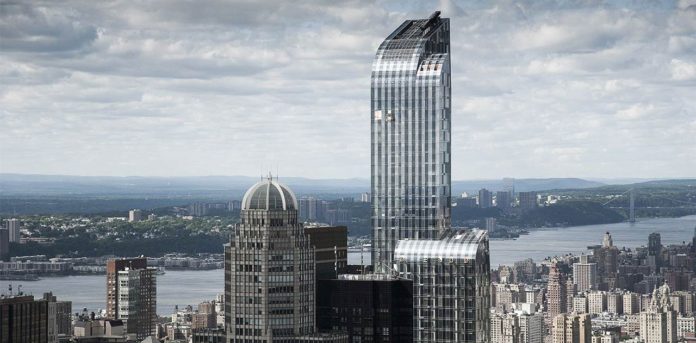At one point or the other, high-rise buildings must face post-construction problems. As a matter of fact, almost all residential high-rises enter litigation for a wide range of reasons that occur as a result of deferred maintenance or construction defects. Service providers, maintenance supervisors, community managers, and board members must pay close attention to their buildings and be on the lookout for potential issues before they transform into catastrophic and costly events.
How structural issues are dealt with before they become unfixable can make all the difference. As a matter of fact, there is no shortage of repair projects that could have been avoided entirely if somebody had been keen enough to identify potential issues with a building.
For instance, when a flood began to occur at the rooftop of a high-rise residential building, water ran down through all the floors in the complex. Occupants were forced to vacate for nearly two months due to the severity of the damage. Power to the residential complex had to be cut off completely. While the investigation to identify the root cause of the flood is taking place, there were numerous maintenance problems that were either ignored or deferred.
Maintenance problems are often ignored due to bad advice or with the intention of mitigating costs. As you can imagine, having to fix water damage issues or faulty elevators in a high-rise buildings will require a lot of money than if the issues had been sorted out early enough.
Another example is when a building with four roofs was found to have one leaking roof that requires at least £50,000 worth of repair. While this was not an extreme event, it gave the association’s board the chance to be proactive about the other three roofs. Because they were all old and worn out, the board opted to install four new roofs to prevent additional damage and future leaks. However, this entire scenario could have been avoided if the initial leak was discovered by inspecting the condition of all the roofs and looking for any leaks or damage during routine maintenance.
When handling structural problems in high-rise buildings, there are a couple of things that need to put be into consideration to prevent catastrophic damage.
The Signs
Look for signs on the exterior and interior of the high-rise that, in the long-term, could save your association hundreds of thousands of dollars worth of damage. Some of the extremely costly signs include corrosion on valves and cracks in drywall and concrete. Moreover, you should be on the lookout for white residue on paint bubbling, concrete, or wet streaks, which could be a sign of water intrusion.
Other signs include water ponding on roofs after rain, or growths on the exterior sections of cast iron plumbing, which could be a sign of pinhole leaks. You can also identify signs of a potential problem by looking at the alarming items on maintenance records, like high electricity or water bills. If you observe something weird from your typical bill, there could be a potential problem that may need to be addresses. The sooner you identify the issue and the faster you respond accordingly, the better your chances of avoiding a major catastrophe.
The Logs
After determining the structural problems, come up with detailed logs to track the warning signs before they become unfixable. Keep track of the measurements of cracks and capture images with appropriate descriptions. For instance, are the paint bubbles popping up in other areas or getting bigger with time? Weekly site visits should also be done and the observations recorded.
Maintaining comprehensive logs with images and descriptions will be crucial down the road. Having access to accurate records will help the association make informed decisions and know when to engage a professional contractor.
The Fixes
Once a problem has been located, and you observe a trend in your logs, don’t wait to fix it. We have come across many projects that could have had an entirely different outcome if it was addressed sooner. Consult the building’s engineer or talk to a professional contractor in the relevant field to help fix the issue. Another solution is to work with a construction management company and have a Structural Warranty in place.
Following these steps can help prevent an expensive catastrophe, ensure residents are safe, and guarantee that a building maintains its value over time.












